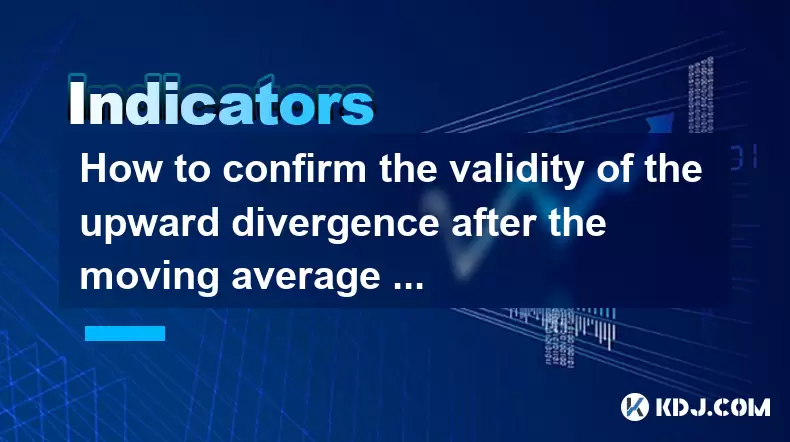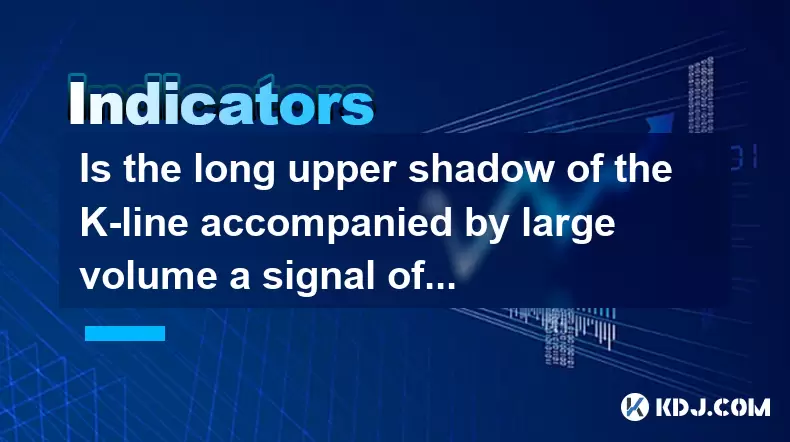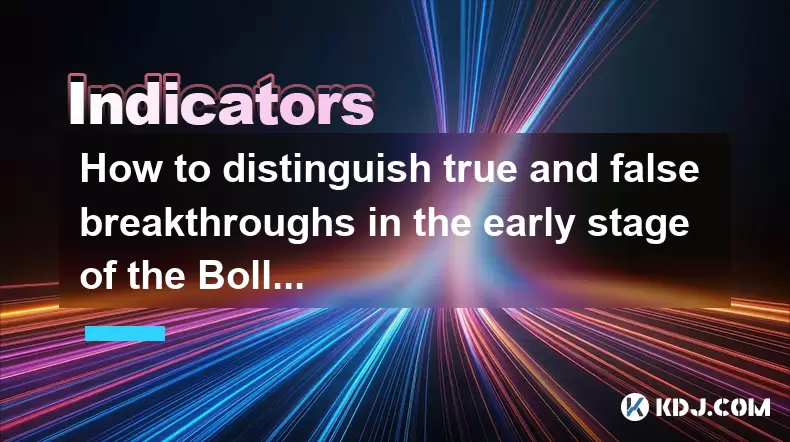-
 Bitcoin
Bitcoin $106,754.6083
1.33% -
 Ethereum
Ethereum $2,625.8249
3.80% -
 Tether USDt
Tether USDt $1.0001
-0.03% -
 XRP
XRP $2.1891
1.67% -
 BNB
BNB $654.5220
0.66% -
 Solana
Solana $156.9428
7.28% -
 USDC
USDC $0.9998
0.00% -
 Dogecoin
Dogecoin $0.1780
1.14% -
 TRON
TRON $0.2706
-0.16% -
 Cardano
Cardano $0.6470
2.77% -
 Hyperliquid
Hyperliquid $44.6467
10.24% -
 Sui
Sui $3.1128
3.86% -
 Bitcoin Cash
Bitcoin Cash $455.7646
3.00% -
 Chainlink
Chainlink $13.6858
4.08% -
 UNUS SED LEO
UNUS SED LEO $9.2682
0.21% -
 Avalanche
Avalanche $19.7433
3.79% -
 Stellar
Stellar $0.2616
1.64% -
 Toncoin
Toncoin $3.0222
2.19% -
 Shiba Inu
Shiba Inu $0.0...01220
1.49% -
 Hedera
Hedera $0.1580
2.75% -
 Litecoin
Litecoin $87.4964
2.29% -
 Polkadot
Polkadot $3.8958
3.05% -
 Ethena USDe
Ethena USDe $1.0000
-0.04% -
 Monero
Monero $317.2263
0.26% -
 Bitget Token
Bitget Token $4.5985
1.68% -
 Dai
Dai $0.9999
0.00% -
 Pepe
Pepe $0.0...01140
2.44% -
 Uniswap
Uniswap $7.6065
5.29% -
 Pi
Pi $0.6042
-2.00% -
 Aave
Aave $289.6343
6.02%
Is the low-level golden cross of the monthly KDJ a long-term buying point?
A monthly KDJ low-level golden cross, where the K-line crosses above the D-line below 20, has historically signaled strong buying opportunities in crypto markets like Bitcoin and Ethereum.
Jun 18, 2025 at 10:14 pm

Understanding the Monthly KDJ Indicator
The KDJ indicator, also known as the stochastic oscillator, is a momentum-based technical analysis tool used to identify overbought or oversold conditions in financial markets. It consists of three lines: K-line, D-line, and J-line. These values are calculated based on recent price movements within a given period, typically 9 days. When applied to monthly charts, it provides a long-term perspective that many traders use for strategic decision-making.
In cryptocurrency trading, especially for major assets like Bitcoin (BTC) or Ethereum (ETH), analyzing monthly KDJ patterns can offer insights into broader market cycles. A low-level golden cross occurs when the K-line crosses above the D-line at a level below 20, indicating an oversold condition followed by potential bullish momentum.
What Is a Low-Level Golden Cross?
A golden cross in technical analysis usually refers to a bullish signal formed when a short-term moving average crosses above a long-term moving average. However, in the context of the KDJ indicator, a low-level golden cross specifically means:
- The K-line crosses above the D-line.
- This crossover happens at a value below 20, which marks an extremely oversold zone.
- The J-line often dips below 0 or reaches extreme negative levels before this cross.
This pattern suggests that after prolonged selling pressure, buyers might be regaining control. In the crypto market, where volatility is high and sentiment shifts rapidly, such signals can sometimes precede significant rebounds.
Historical Examples in Cryptocurrency Markets
Looking at historical data from Bitcoin’s monthly charts, there have been several instances where a low-level golden cross appeared before substantial rallies. For example:
- In early 2019, after a long bear market, Bitcoin's monthly KDJ showed a low-level golden cross. This preceded the 2019 bull run, where BTC went from around $3,800 to nearly $14,000.
- Similarly, in late 2020, the KDJ crossed above 20 after a correction phase, aligning with the start of the 2020–2021 bull cycle that pushed BTC beyond $60,000.
These examples show that while not always perfect, the monthly KDJ low-level golden cross has historically correlated with strong buying opportunities in certain market environments.
Factors Influencing the Validity of the Signal
Not every low-level golden cross leads to a sustained uptrend. Several factors must be considered alongside the KDJ signal to increase its reliability:
- Volume trends: A surge in volume during or after the cross confirms stronger participation.
- Macro environment: Global economic conditions, regulatory changes, and institutional adoption play critical roles.
- Other indicators: Confirming with tools like MACD, RSI, or moving averages can filter out false signals.
- Market structure: Whether the market is in a defined downtrend or showing signs of reversal is essential.
For instance, if a golden cross forms but is accompanied by declining volume and deteriorating macro conditions, the likelihood of a false breakout increases significantly.
How to Trade the Monthly KDJ Low-Level Golden Cross
Trading based on this signal requires patience and a structured approach due to the long time frame involved. Here’s how one might execute a trade:
- Monitor the monthly KDJ chart regularly using platforms like TradingView or Binance Trading Platform.
- Wait for the K-line to cross above the D-line while both remain under 20.
- Ensure that the J-line isn’t diverging sharply, which could suggest a false signal.
- Look for confirmation in the next month’s candlestick—preferably a bullish close.
- Set up a position entry gradually rather than all at once.
- Place a stop-loss slightly below the most recent swing low on the monthly chart.
- Consider setting profit targets based on previous resistance zones or Fibonacci extensions.
It’s important to remember that even on monthly charts, no single indicator guarantees success. Combining this strategy with risk management techniques and portfolio diversification is crucial.
Common Misinterpretations and Pitfalls
Many novice traders make the mistake of treating the monthly KDJ low-level golden cross as a guaranteed buy signal without considering broader market dynamics. Some common pitfalls include:
- Entering trades too early without waiting for full confirmation.
- Ignoring divergence between the KDJ and price action.
- Overlooking fundamental developments affecting the asset.
- Failing to adjust stop-loss levels as the trend progresses.
To avoid these issues, traders should backtest historical signals and simulate trades before committing real capital. Using paper trading accounts or demo versions of exchanges can help refine the strategy without risk.
Frequently Asked Questions
Q: Can the monthly KDJ golden cross be used for altcoins?
While it’s more reliable on major cryptocurrencies like BTC or ETH, applying it to smaller altcoins can be risky due to lower liquidity and higher volatility. Always verify with additional tools and market context.
Q: How long should I hold a position after a monthly KDJ golden cross?
Since the signal appears on the monthly chart, holding periods typically range from several months to years depending on how the trend unfolds. Traders often trail their stops using moving averages or support levels.
Q: Does the KDJ work better on weekly or daily charts?
Each time frame serves different purposes. The monthly chart gives long-term direction, while weekly and daily charts help with timing entries and exits. They complement each other rather than compete.
Q: Are there any alternative indicators similar to KDJ for long-term signals?
Yes, tools like RSI, MACD, and Ichimoku Cloud can provide comparable insights. Many traders combine multiple indicators to enhance accuracy and reduce false positives.
Disclaimer:info@kdj.com
The information provided is not trading advice. kdj.com does not assume any responsibility for any investments made based on the information provided in this article. Cryptocurrencies are highly volatile and it is highly recommended that you invest with caution after thorough research!
If you believe that the content used on this website infringes your copyright, please contact us immediately (info@kdj.com) and we will delete it promptly.
- Bitcoin Cash (BCH) on a Roll: Trading Volumes Surge!
- 2025-06-21 01:05:12
- PEPE Coin's Wild Ride: Market Drop or Buying Opportunity?
- 2025-06-21 00:25:13
- Navi Mumbai Lottery Scam: An Elderly Man's 45 Lakh Rupee Loss
- 2025-06-21 00:25:13
- Blockchain Buzz: XRP, Solana, and the Institutional Wave
- 2025-06-21 01:05:12
- Arctic Pablo Coin: The Meme Coin Market Stir That's Got Daddy Tate Talking?
- 2025-06-21 00:45:13
- TikTok, Trump Coin, and Promotion: Decoding the Latest Crypto Buzz
- 2025-06-21 00:45:13
Related knowledge

Does the sudden contraction of ATR indicate the end of the trend?
Jun 20,2025 at 11:14pm
Understanding ATR and Its Role in Technical AnalysisThe Average True Range (ATR) is a technical indicator used to measure market volatility. Developed by J. Welles Wilder, ATR calculates the average range of price movement over a specified period, typically 14 periods. It does not indicate direction—only volatility. Traders use ATR to gauge how much an ...

Is the trend continuation when the Williams indicator is oversold but there is no rebound?
Jun 20,2025 at 11:42pm
Understanding the Williams %R IndicatorThe Williams %R indicator, also known as the Williams Percent Range, is a momentum oscillator used in technical analysis to identify overbought and oversold levels in price movements. It typically ranges from 0 to -100, where values above -20 are considered overbought and values below -80 are considered oversold. T...

Is the golden cross of the ROC indicator below the zero axis effective?
Jun 20,2025 at 09:42pm
Understanding the ROC Indicator and Its Role in Cryptocurrency TradingThe Rate of Change (ROC) indicator is a momentum oscillator widely used by traders to assess the speed at which cryptocurrency prices are changing. It measures the percentage difference between the current price and the price from a certain number of periods ago. The ROC helps identif...

How to confirm the validity of the upward divergence after the moving average sticks together?
Jun 21,2025 at 01:36am
Understanding the Basics of Moving Averages and DivergenceIn technical analysis, moving averages are crucial tools used to smooth out price data over a specified time period. When multiple moving averages converge or 'stick together,' it often indicates a consolidation phase in the market. This phenomenon can be a precursor to significant price movement...

Is the long upper shadow of the K-line accompanied by large volume a signal of peaking?
Jun 21,2025 at 12:28am
Understanding the Long Upper Shadow K-LineThe long upper shadow of a K-line is a common candlestick pattern that often appears during price action analysis. It consists of a small real body with a long upper wick, indicating that the price rose significantly during the period but was ultimately rejected and closed lower than its high. This pattern can s...

How to distinguish true and false breakthroughs in the early stage of the Bollinger Band opening?
Jun 20,2025 at 10:35pm
Understanding the Bollinger Band StructureBollinger Bands consist of three lines: a simple moving average (SMA) in the middle, and two outer bands that are standard deviations away from the SMA. These bands expand and contract based on market volatility. When the bands begin to widen, it often signals an increase in price volatility, which traders inter...

Does the sudden contraction of ATR indicate the end of the trend?
Jun 20,2025 at 11:14pm
Understanding ATR and Its Role in Technical AnalysisThe Average True Range (ATR) is a technical indicator used to measure market volatility. Developed by J. Welles Wilder, ATR calculates the average range of price movement over a specified period, typically 14 periods. It does not indicate direction—only volatility. Traders use ATR to gauge how much an ...

Is the trend continuation when the Williams indicator is oversold but there is no rebound?
Jun 20,2025 at 11:42pm
Understanding the Williams %R IndicatorThe Williams %R indicator, also known as the Williams Percent Range, is a momentum oscillator used in technical analysis to identify overbought and oversold levels in price movements. It typically ranges from 0 to -100, where values above -20 are considered overbought and values below -80 are considered oversold. T...

Is the golden cross of the ROC indicator below the zero axis effective?
Jun 20,2025 at 09:42pm
Understanding the ROC Indicator and Its Role in Cryptocurrency TradingThe Rate of Change (ROC) indicator is a momentum oscillator widely used by traders to assess the speed at which cryptocurrency prices are changing. It measures the percentage difference between the current price and the price from a certain number of periods ago. The ROC helps identif...

How to confirm the validity of the upward divergence after the moving average sticks together?
Jun 21,2025 at 01:36am
Understanding the Basics of Moving Averages and DivergenceIn technical analysis, moving averages are crucial tools used to smooth out price data over a specified time period. When multiple moving averages converge or 'stick together,' it often indicates a consolidation phase in the market. This phenomenon can be a precursor to significant price movement...

Is the long upper shadow of the K-line accompanied by large volume a signal of peaking?
Jun 21,2025 at 12:28am
Understanding the Long Upper Shadow K-LineThe long upper shadow of a K-line is a common candlestick pattern that often appears during price action analysis. It consists of a small real body with a long upper wick, indicating that the price rose significantly during the period but was ultimately rejected and closed lower than its high. This pattern can s...

How to distinguish true and false breakthroughs in the early stage of the Bollinger Band opening?
Jun 20,2025 at 10:35pm
Understanding the Bollinger Band StructureBollinger Bands consist of three lines: a simple moving average (SMA) in the middle, and two outer bands that are standard deviations away from the SMA. These bands expand and contract based on market volatility. When the bands begin to widen, it often signals an increase in price volatility, which traders inter...
See all articles

























































































